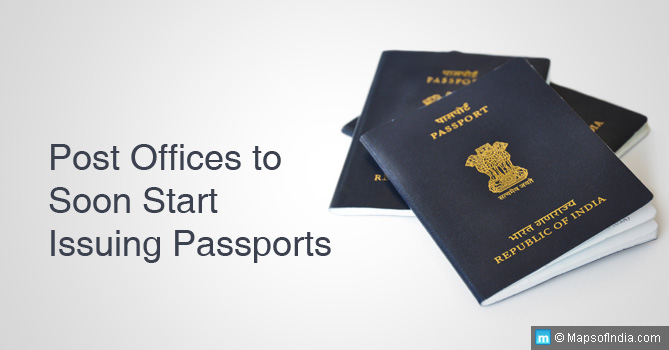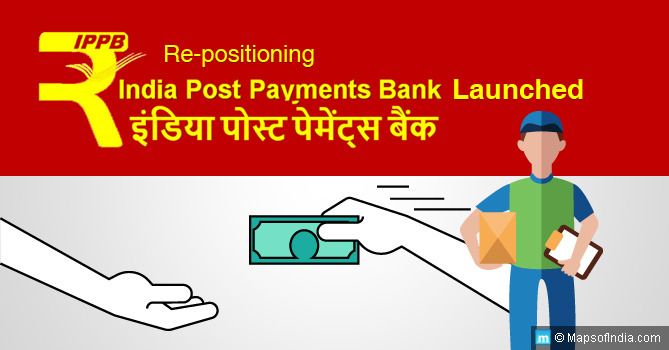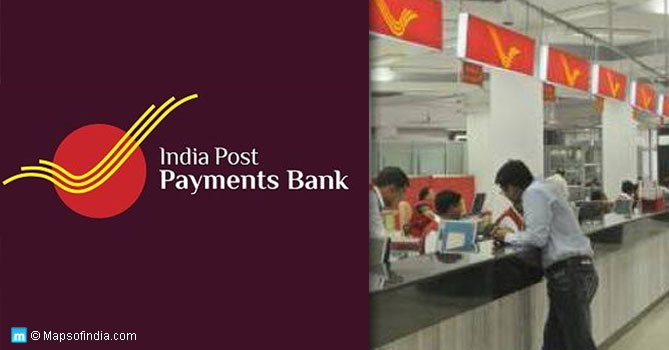Daakiya Daak Laaya
“Daakiya daak laaya, khushi kaa payaam kahin, kahin dardnaak laayaa“.
Nothing captures the entire spectrum of emotions that a postman brings with the letters and messages, better than this beautiful song penned by Gulzar (from the film Palkon Ki Chaaon Mein – 1977). This, of course, was before telephones and mobiles became common and at a time when electronic mails were unheard of. Despite changing times, India Post, the government of India administered Department of Posts (DOP), remains one of the largest, oldest and also one of the most efficient postal networks to be found anywhere in the world. The “post office” as it is commonly referred to still remains a central part of our lives and an easily identifiable landmark in most cities and villages across the country.
Reach Unmatched
India Post was founded on April 1, 1854, over a century and half ago. It is the most extensive network of post offices – the reach of our postal department unmatched by any other nation. As of last year, there were over 1.55 lakh post offices spread across the country. China, which comes second (by number of post offices), has 1.37 lakh post offices and Russia (the largest country by area) has only 42,000 post offices.
Over 89.86 percent of the post offices in India are located in rural areas and villages. The 22 postal circles of India Post branch out into 25,560 departmental post offices and 129,379 village (branch) post offices. The highest post office in the world is also located in India in the Hikkim village (Spiti Valley), Himachal Pradesh.
Banking And Financial Services
It is precisely due to its vast network and scope that India Post got involved in providing financial services. Till a couple of decades ago, the money order was an important financial service offered by the postal department. It allowed money to be sent to any recipient in the country before bank transfers became possible.
In the days following India’s independence, the post office started to offer small savings plans such as the National Savings Certificates (NSC), Kisan Vikas Patra (KVP), recurring and term deposits, savings bank accounts, and senior citizens’ saving schemes.
Along with public banks, the post office also offered Indians the option of opening Public Provident Fund accounts. In fact, till not long ago Indians preferred the post offices to private banks because of the governmental guarantee involved. India Post is also the largest (life) insurer in the country offering life insurance solutions to most government and public sector undertakings in the country.
The Failings Of India Post
While the DoP in India is certainly doing a highly commendable job and making postal communications available throughout the far reaches of the nation, it is time we take a closer look at the department’s profitability.
In 2015, the DoP annual report read thus – “During the financial year 2013-14, the deficit of the department was INR 5,473.10 crore as against the previous year’s deficit of INR 5,425.89 crore, which is an increase of 0.87 percent”.
In the same report, India Post announced that its traditional products such as postcards and inland letters were running up huge losses. The postcard cost the DoP Rs 7.5 while it earned only 50 paise.
In the first nine months of FY 2016, however, India Post reported a 900 percent increase in its profits. What has prompted such a major turnaround in fortunes? What can we do to further reposition India Post in terms of its profitability while not doing away with its core strengths?
Capitalise Thy Strength
It is the big e-commerce boom of India that has made the difference in the profitability of India Post. These days when buying online and home delivery are making it big, the reliability (and cost) of most domestic courier services have become a great burden. India Post, on the other hand has started to shine.
The cost of partnering with the DoP is a fraction of the costs incurred by availing foreign courier services and online retailers including Amazon, Flipkart, and Snapdeal and ShopClues have all started to use India Post to deliver their goods. India Post is the best CoD (Cash on Delivery) solution that these e-commerce sites may find.
Currently, Amazon is India Post’s largest partner consigning the postal department over 3 lakh packages last fiscal year. Snapdeal sent out 80,000 consignments while Yepme sent out 60,000 through India Post in 2015-16. Myntra and Flipkart sent 50,000 and 30,000 each.
Payments Bank License
January 2017 marked another major milestone in the history of India Post. The DoP received its payments bank license from India’s central bank, the Reserve Bank of India and is likely to roll-out operations under this license soon. The only two other entities to have received the license yet are Airtel Money and Paytm.
A notification on the India Post website reads, “Incorporated as a Public Sector Bank under the Department of Posts with 100% GOI equity, IPPB has launched on January 30th, 2017 in Ranchi and Raipur with the objective of being present in all corners of India by the end of the year.”
Currently the India Post Payments Bank (IPPB) is offering savings account services to hold balance up to Rs 1 lakh. The account will also enable holders to make digitally enabled payments and send or receive remittances. Eventually, the IPPB will also be offering current accounts and sell financial services (from third parties). Insurance, mutual funds, forex services, and credit cards will soon be available with the IPPB.
The days of letter writing, inland letters, and snail mail may be over but India Post is far from its sunset days. The department has rightly played to its strengths and is now looking forward to a resplendent revival. This also works out to the advantage of Indians living in rural and remote areas. While the Daakiya may no longer bring you a loved one’s telegram, he may still bring you your shopping bag or news of your financial well-being.
You may also like to read…






